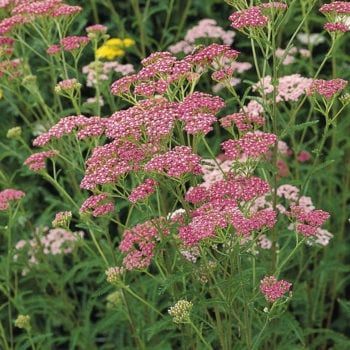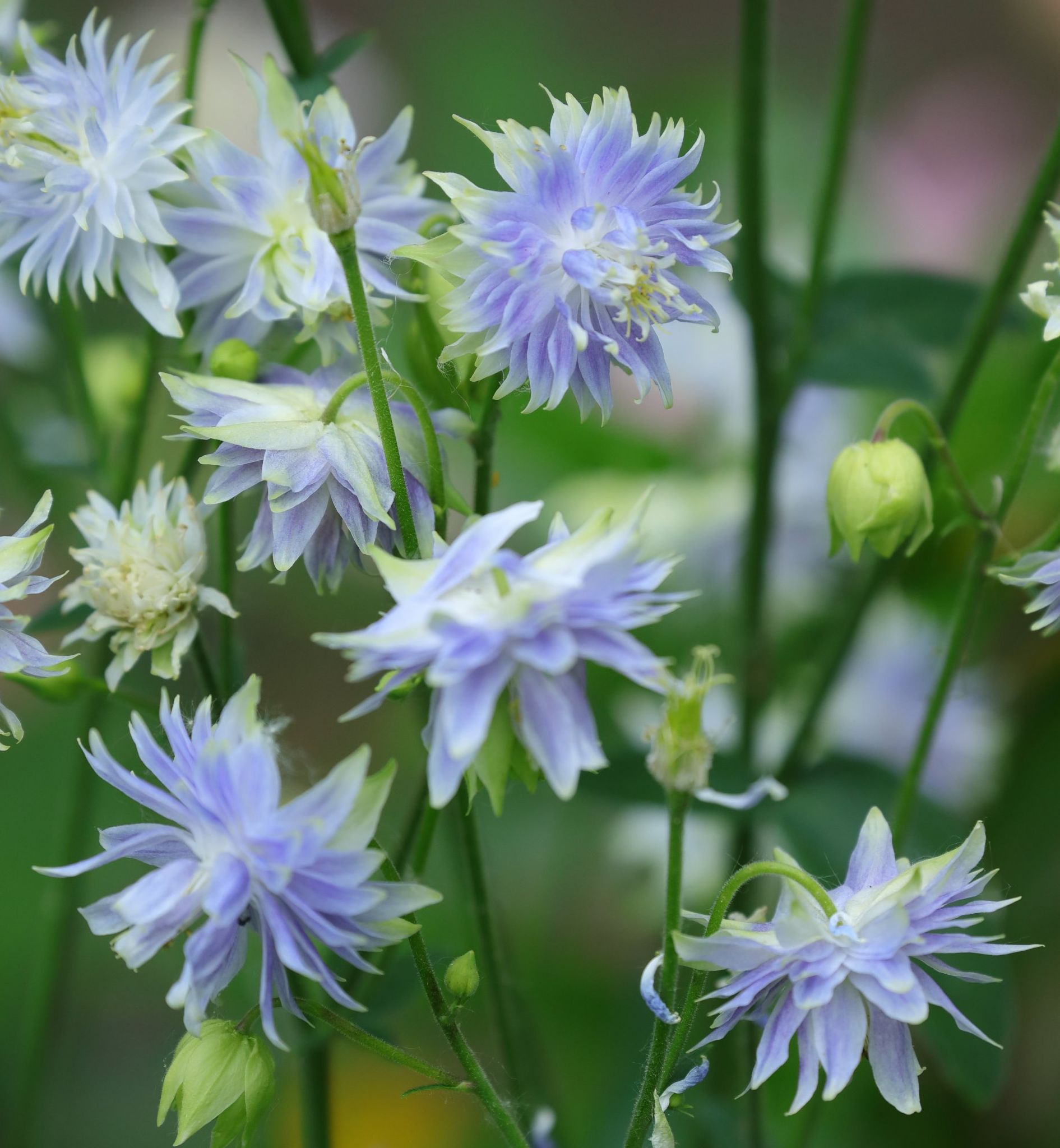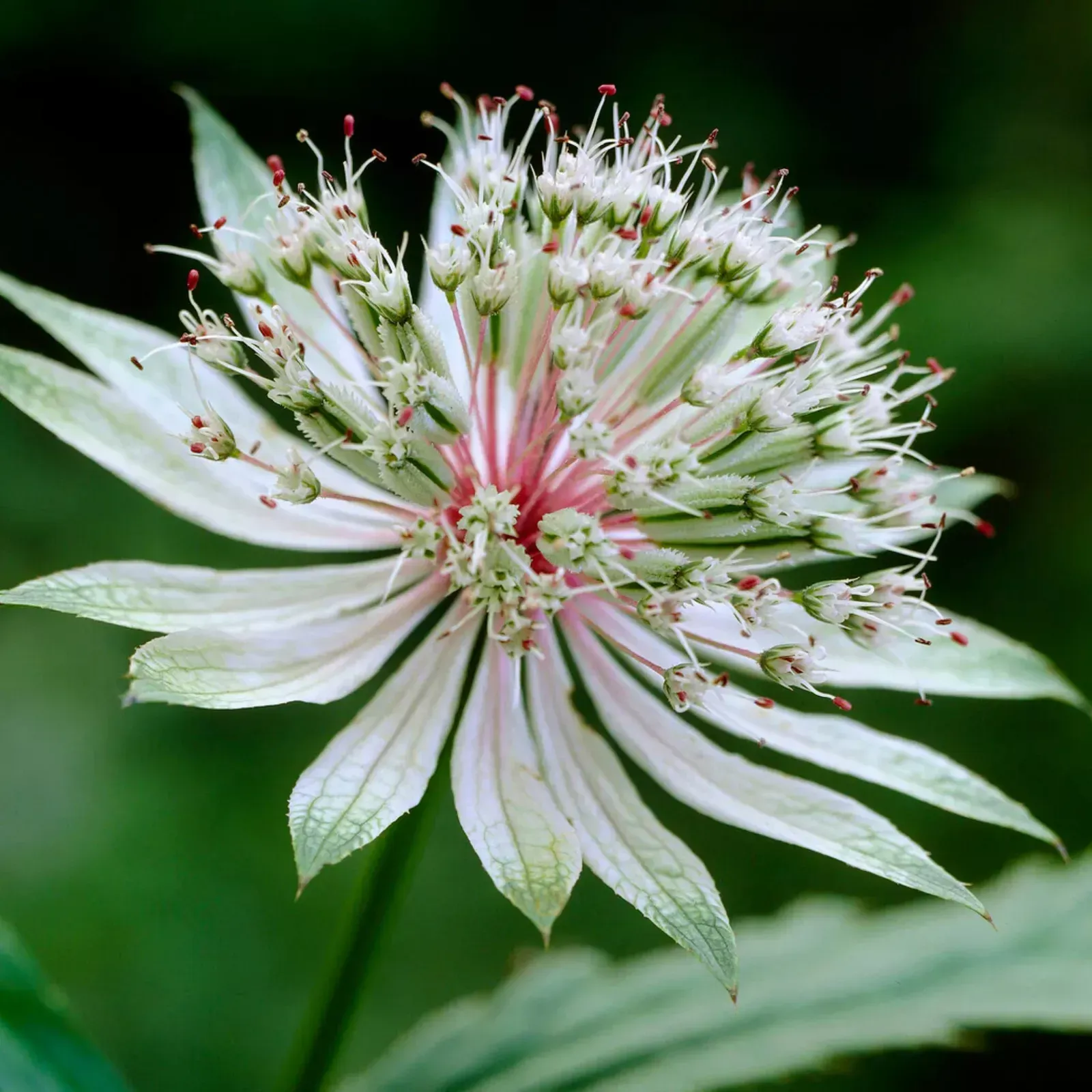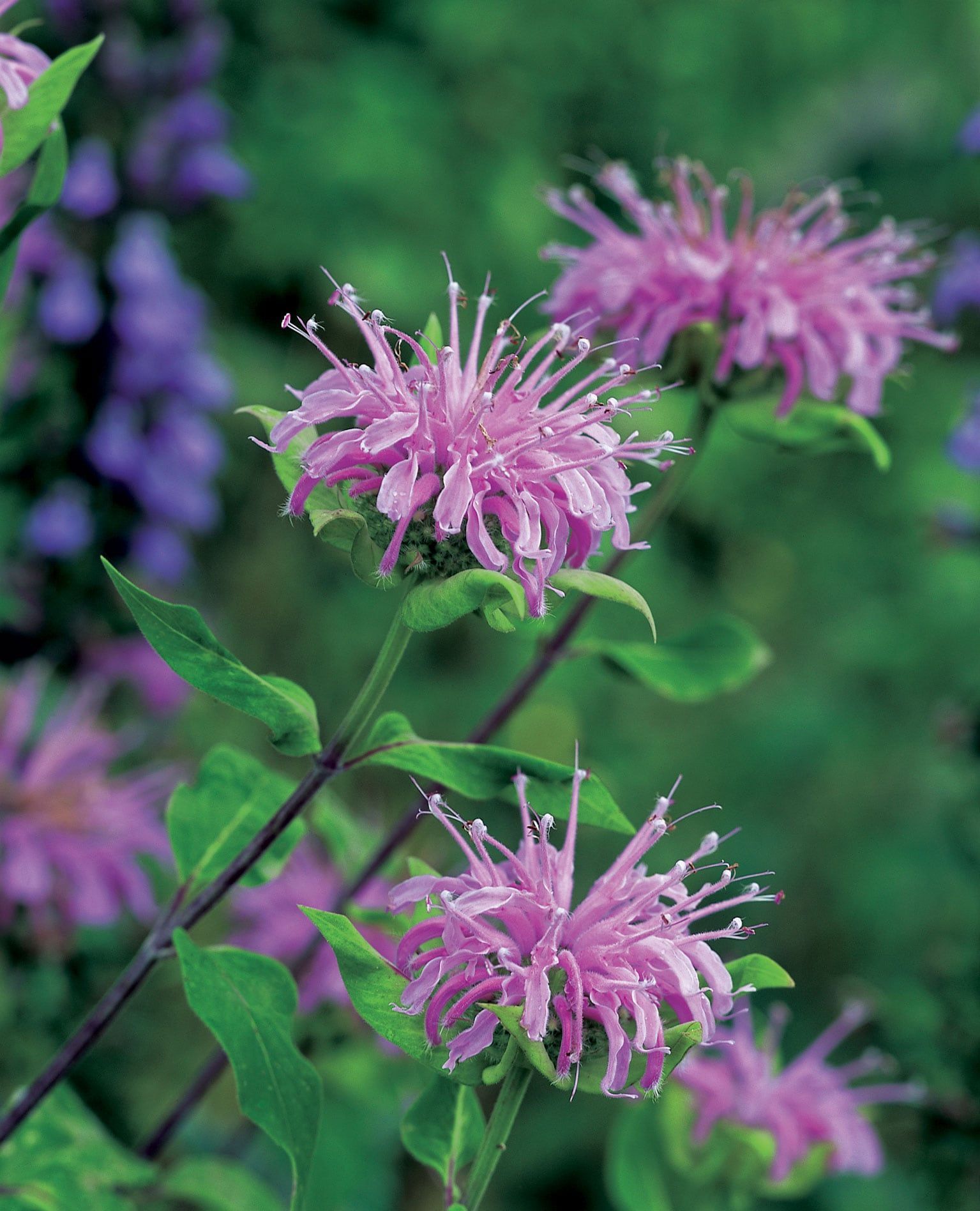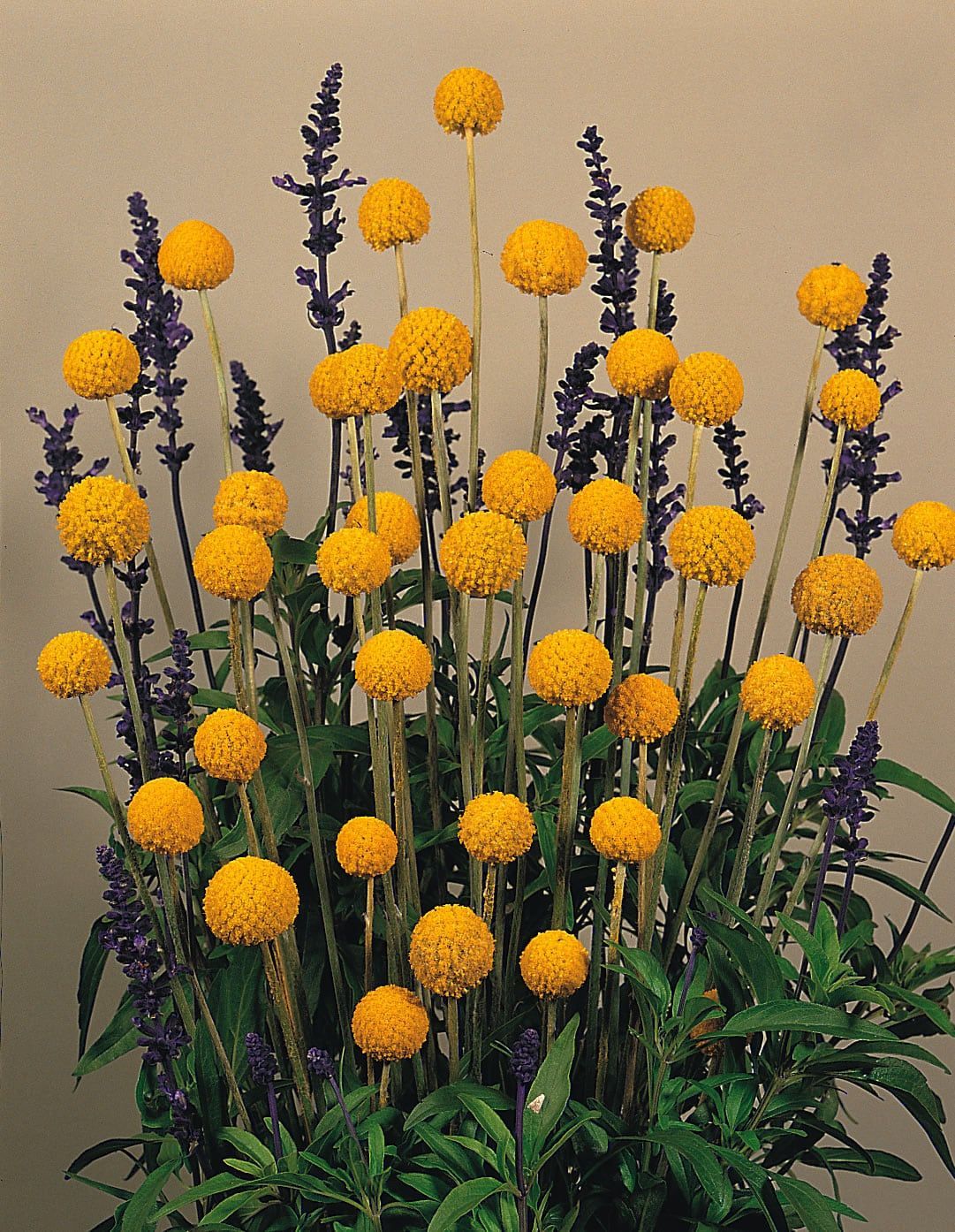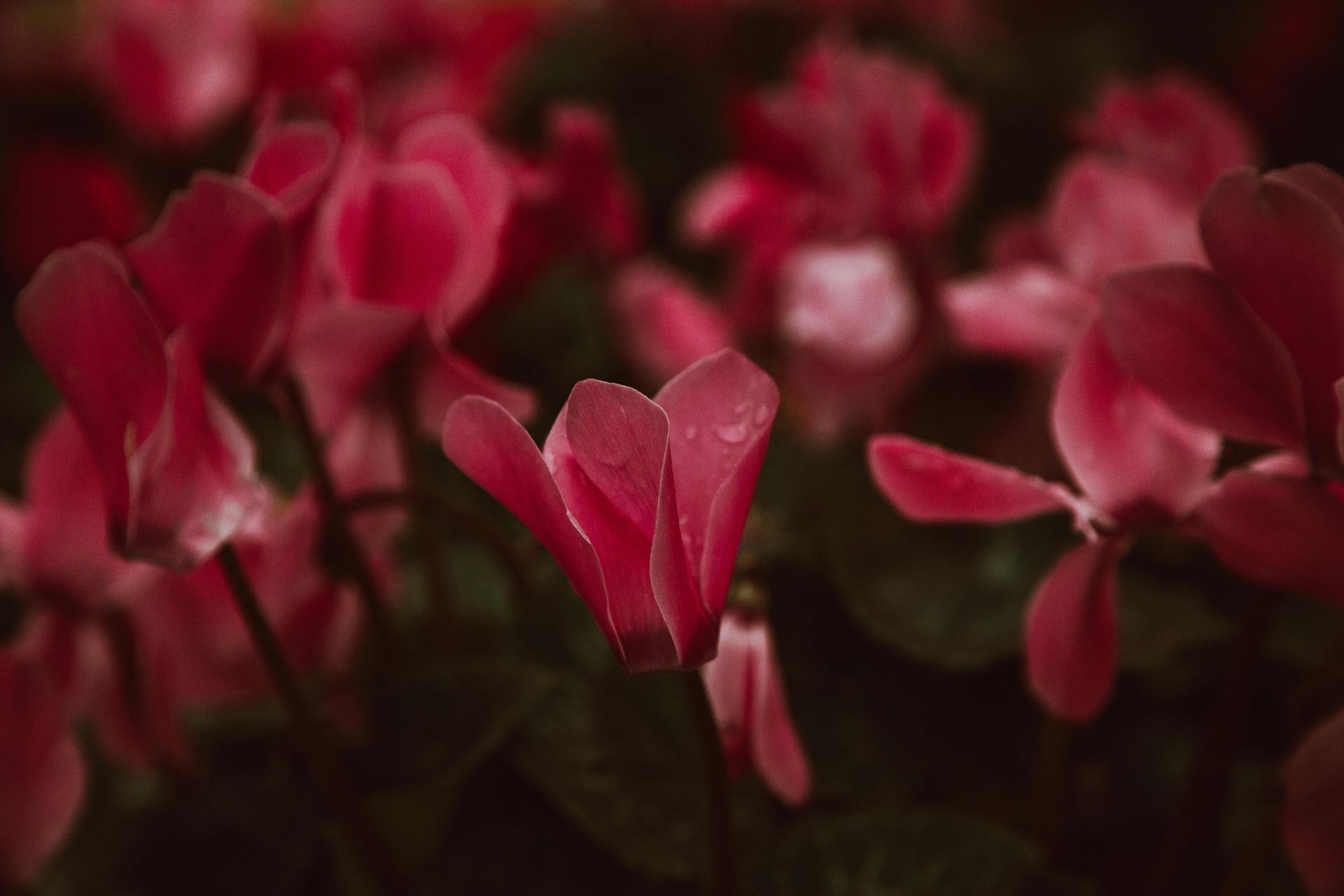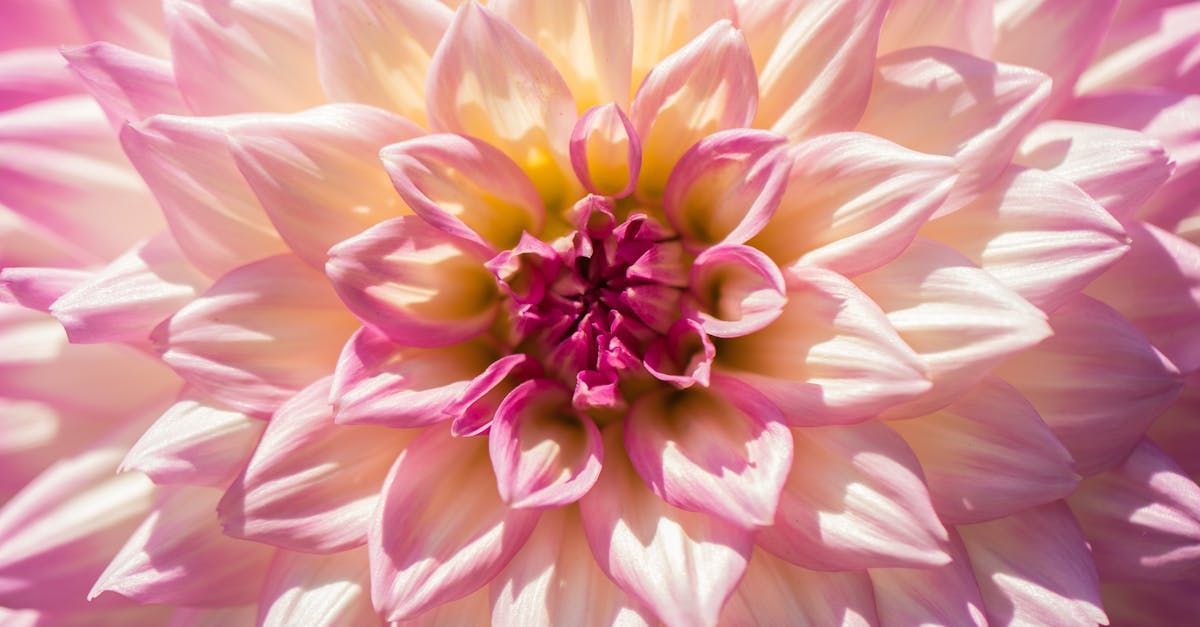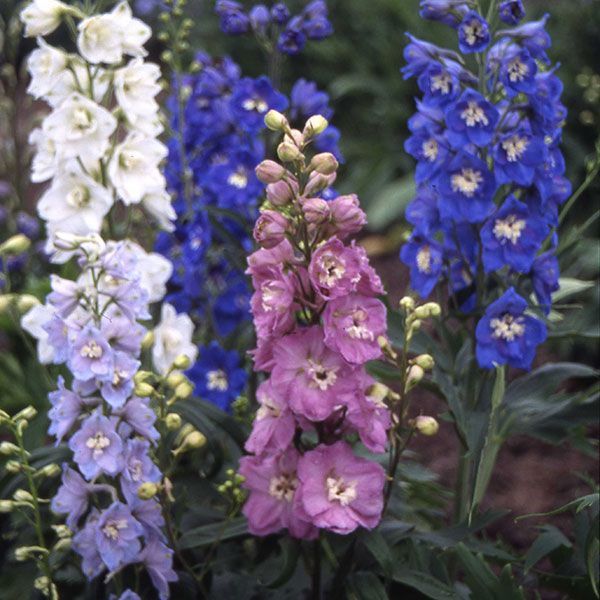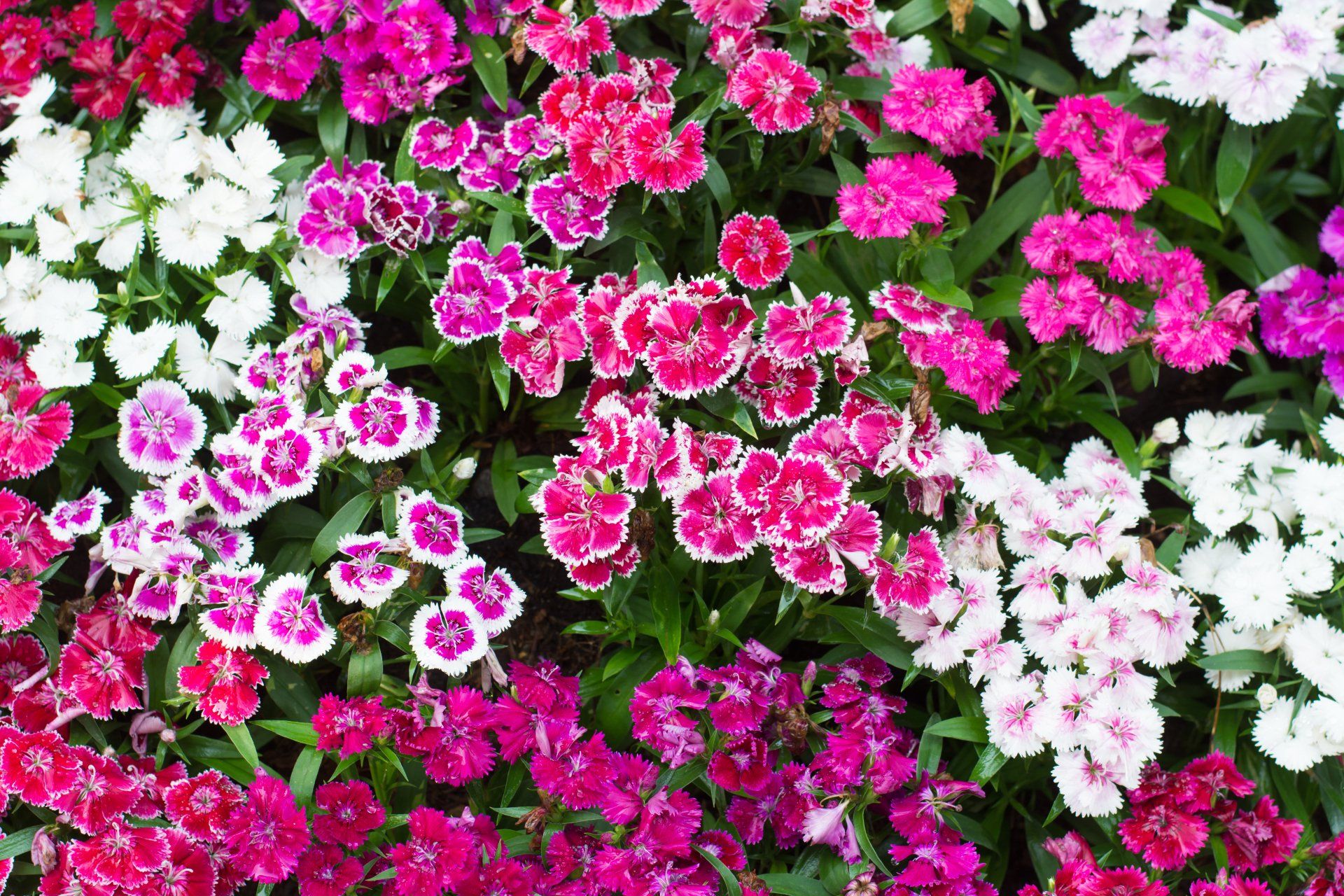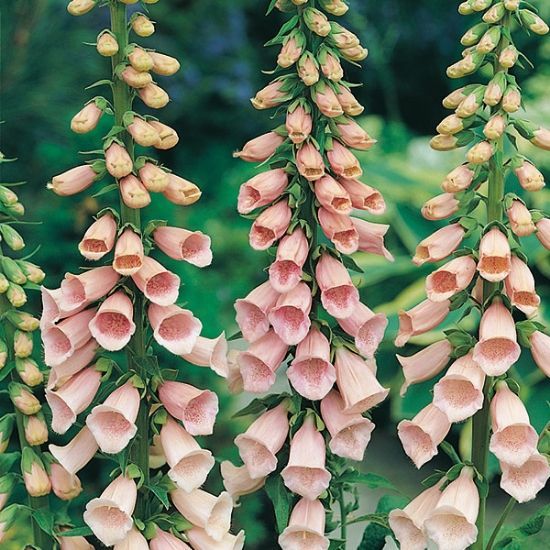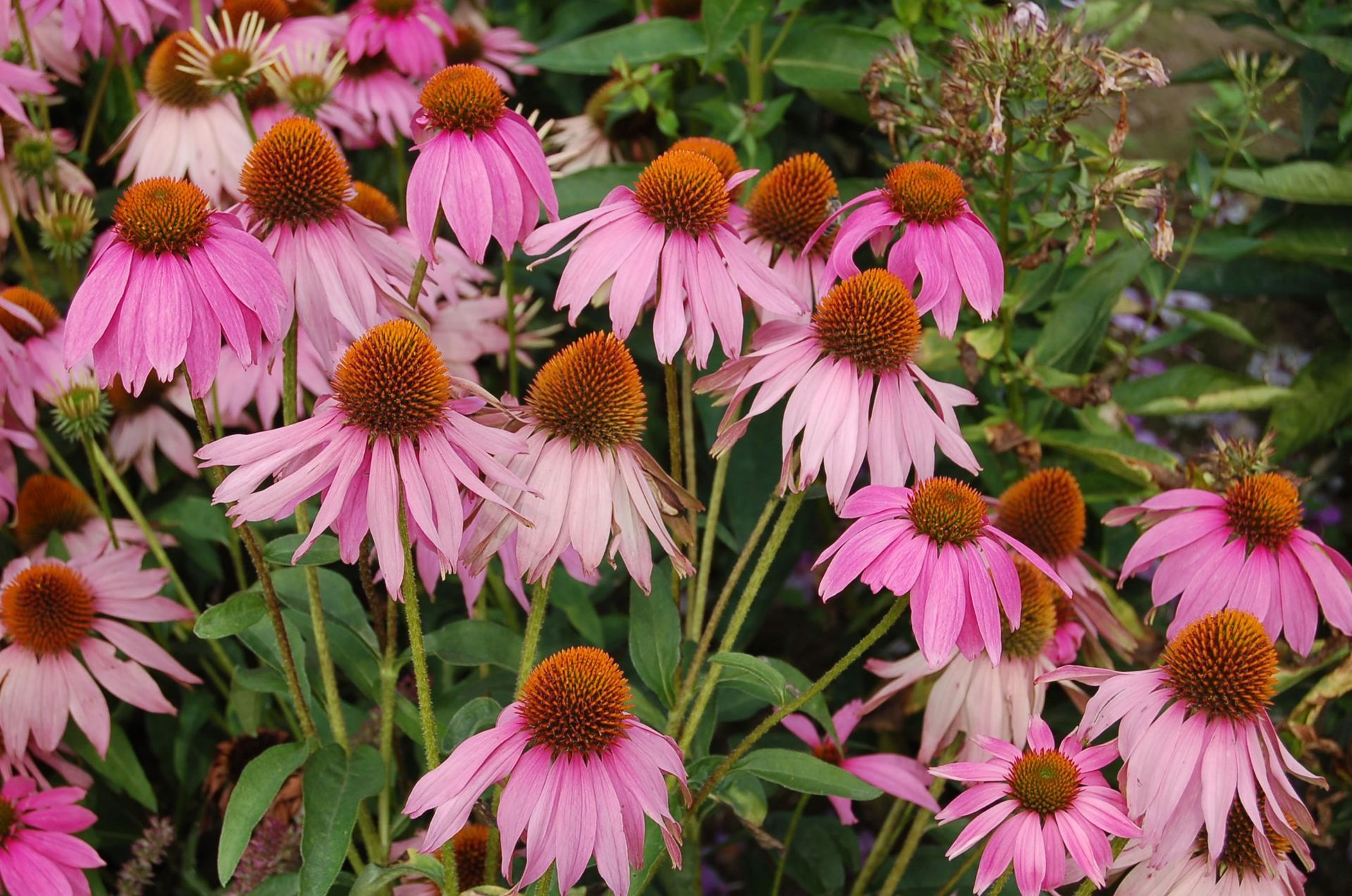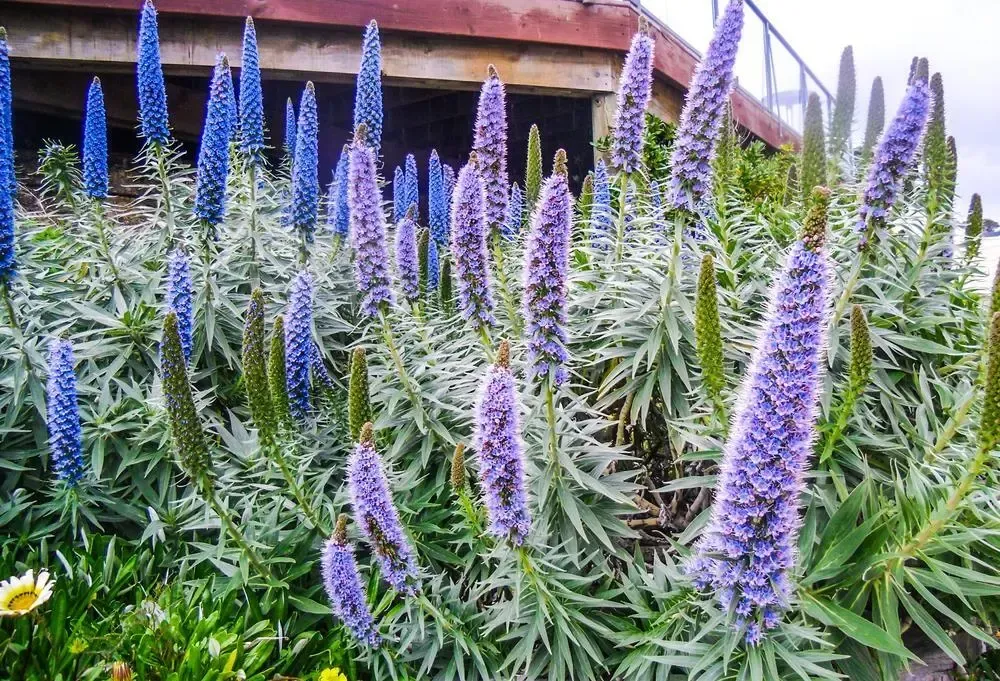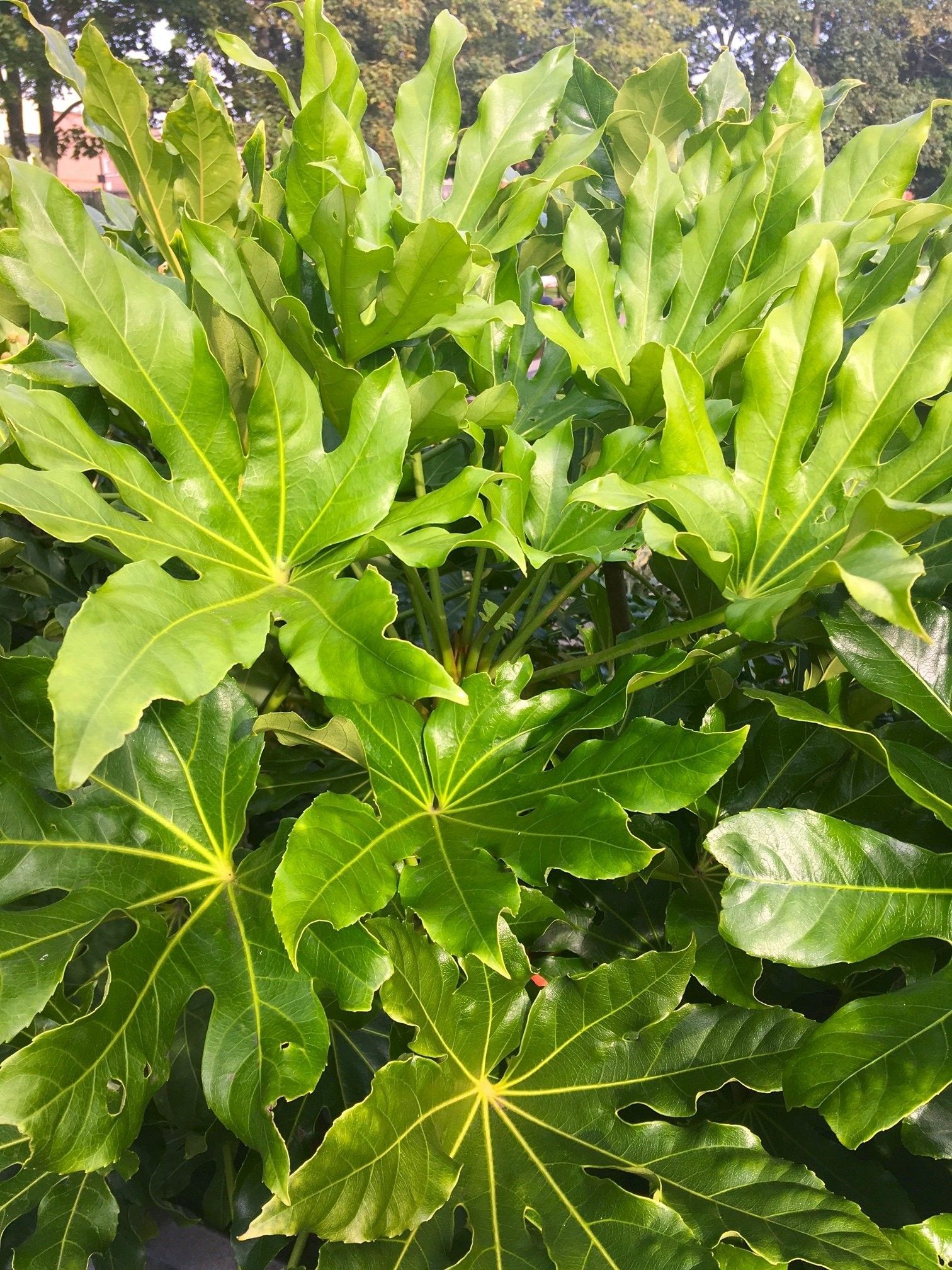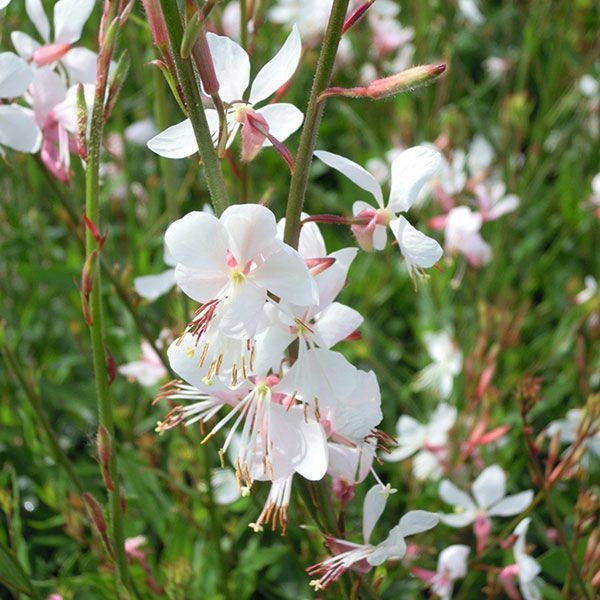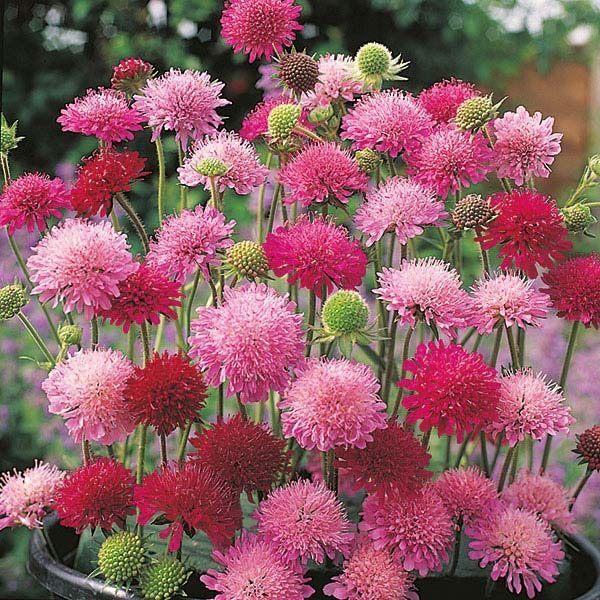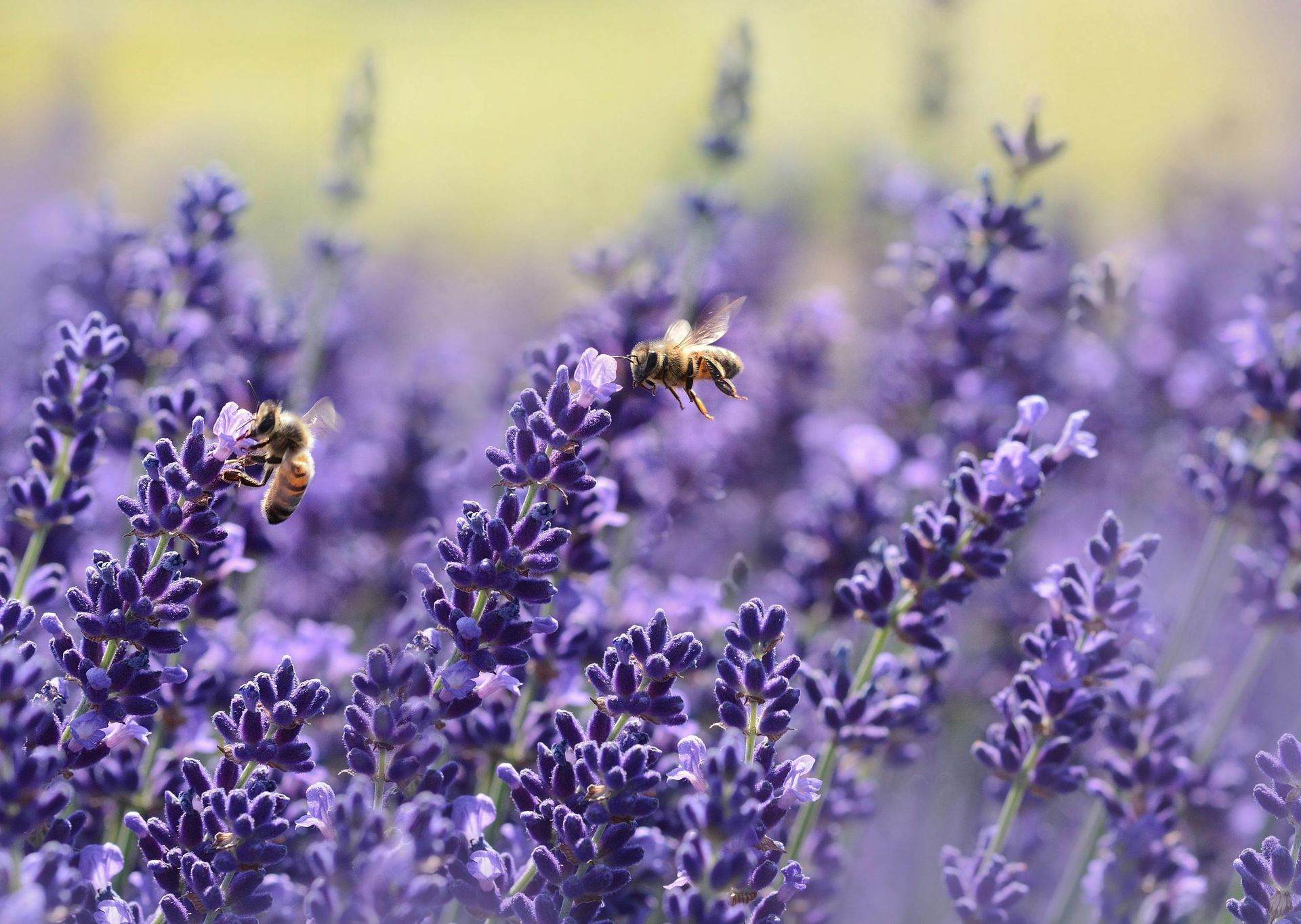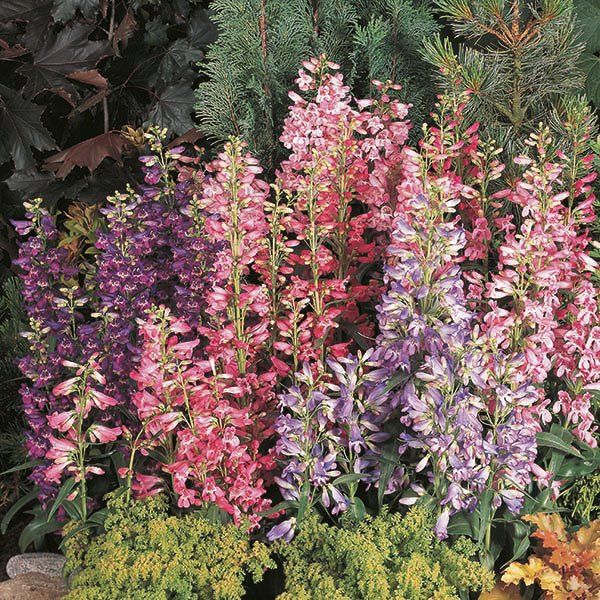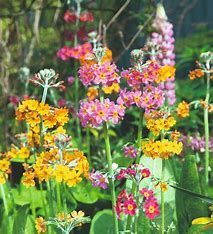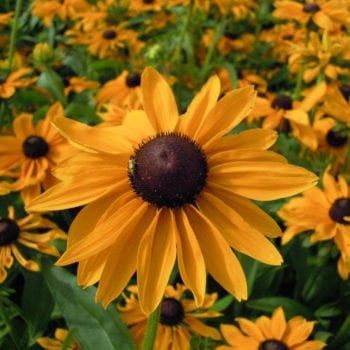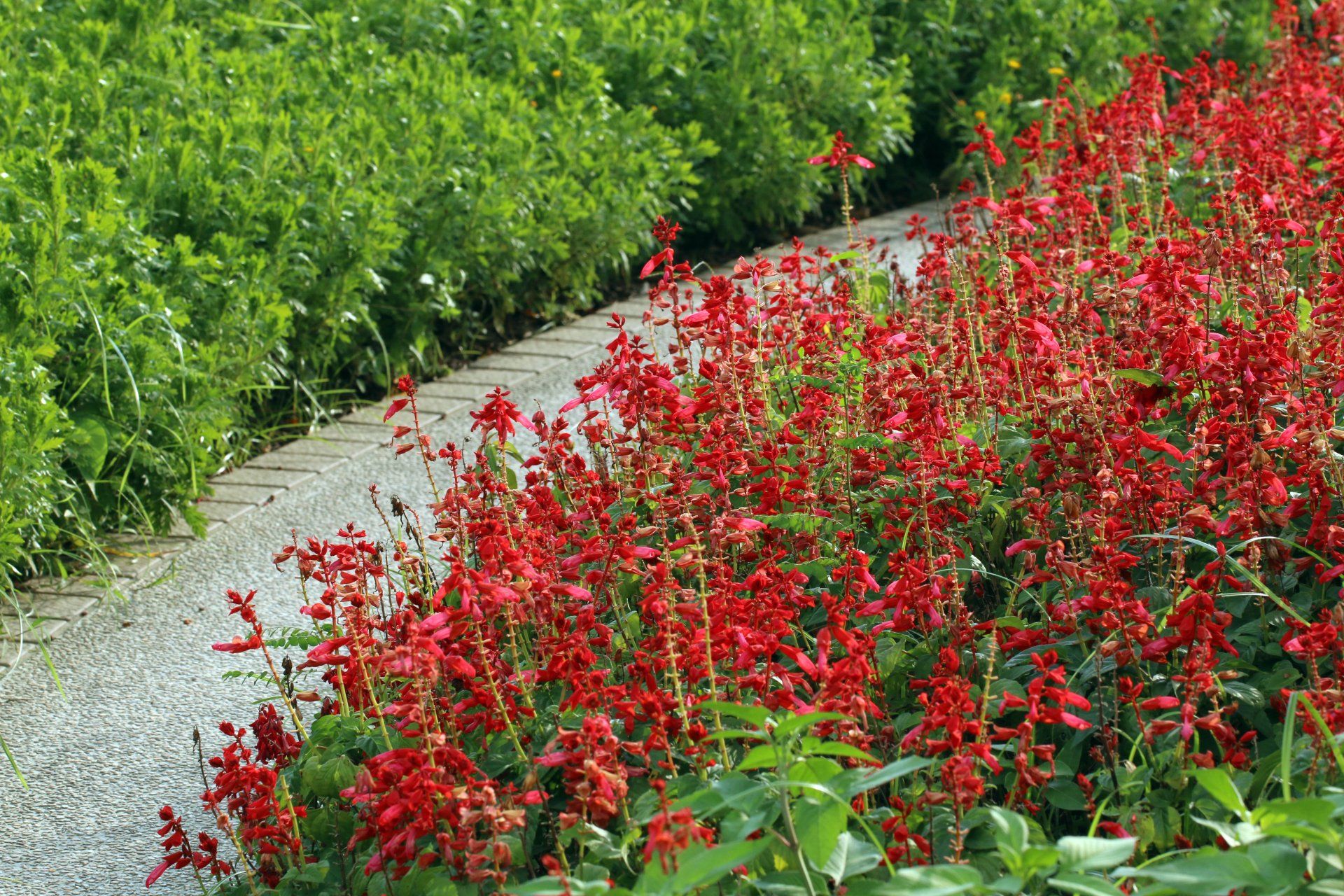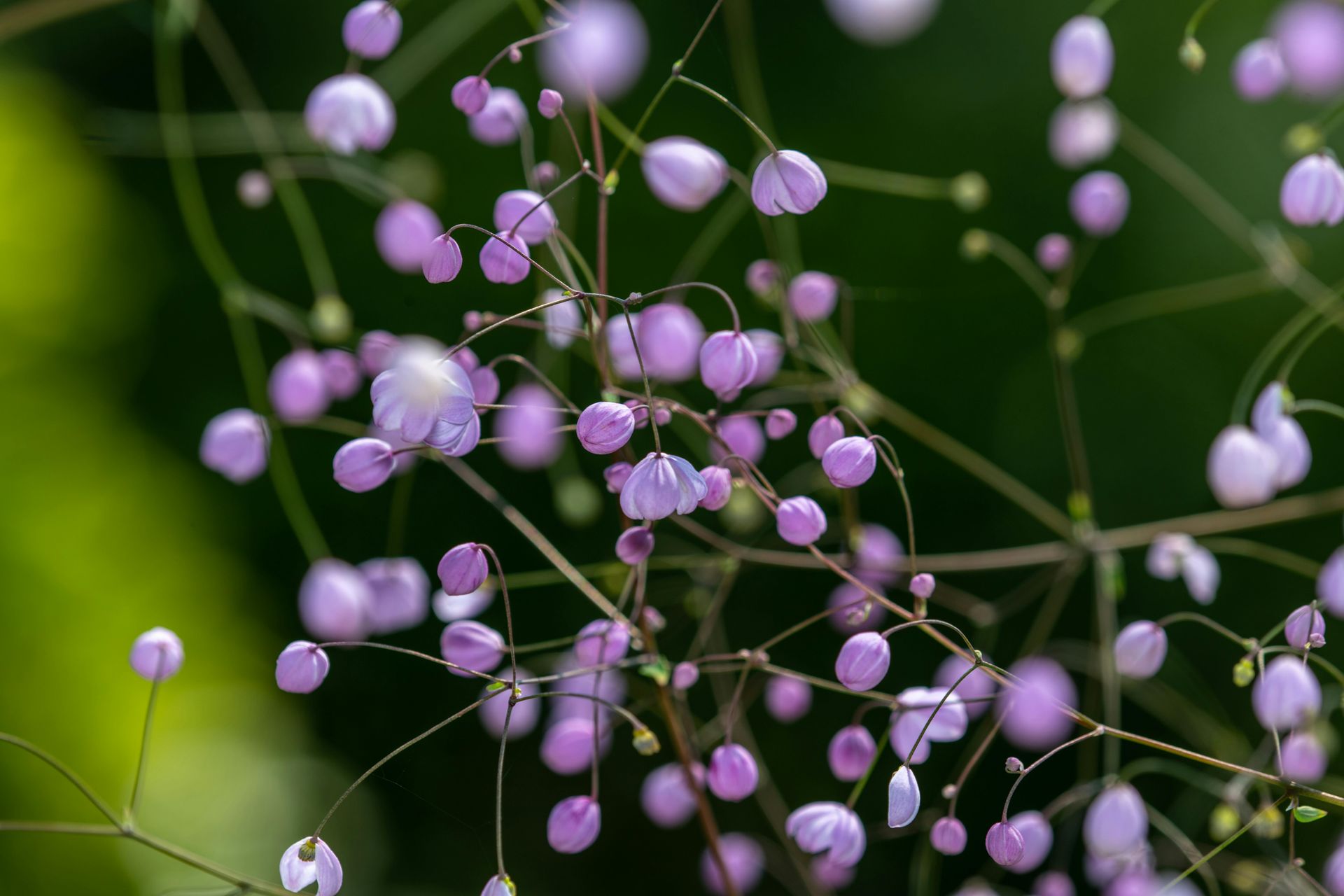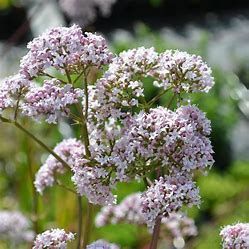Perennial Flower Growing Guides
Our guide to growing perennial flowers from seed provides simple yet effective tips to help you cultivate beautiful, long-lasting blooms in your garden. Whether you're new to gardening or looking to expand your flower beds, these tips will set you on the path to success.
Top 3 Tips for Growing Perennial Flowers from Seed:
- Start Early Indoors: Begin seeds indoors 8-10 weeks before the last frost to give your perennials a head start. Use a warm, sunny spot or a grow light to ensure strong, healthy seedlings.
- Prepare Well-Drained Soil: Perennials thrive in well-drained soil. Mix in compost to improve soil structure and fertility, giving your plants the best foundation for long-term growth.
- Be Patient: Perennials may take longer to bloom compared to annuals, often flowering in their second year. Patience pays off with these resilient plants that return year after year with beautiful blossoms.
Our guides are regularly being updated to reflect new stocks we bring in, but if there's something you're looking for and can't find here, just drop us a message because I'm sure we can help out.
Commonly known as yarrow, Achillea is a resilient perennial herb (although we tend not to treat it as such) with fern-like foliage and clusters of small, daisy-like flowers in shades of white, pink, yellow, or red. Native to temperate regions of the Northern Hemisphere, it thrives in well-drained soil and full sun. Used in traditional medicine for its anti-inflammatory and antiseptic properties,
Astrantia are an excellent garden plant and cut flower with zigzag petals resembling a Tudor ruff. A hardy perennial which after 2/3 years can be divided in spring. Feed established plants early in the spring and again in the middle of the summer with a good all-purpose soluble fertiliser. Astrantias require very little care. Cut the foliage and flowers hard back in autumn or spring.
Hardy and exquisitely formed, Auriculas deserve to be looked at close up. You can grow all auriculas in containers. It is one of the best ways to appreciate their beauty and scent. Border auriculas are more robust and easily cope with the worst of winter weather. All are scented and make good cut flowers in bud vases.
As well as being a favourite among florists, Craspedia is also becoming increasingly well known as a garden plant. It bears dense, yellow, spherical flowerheads, at the top of stiff stems emerging from basal rosettes of narrow foliage. There are several species available, though Craspedia globosa is the most widely cultivated.
Beware: Cyclamen hederofolium (summer/autumn flowering) and Cyclemen coum (winter flowering) are not good companions. This guide focusses on Cyclamen hederofolium; a perennial to 15cm, with somewhat ivy-shaped leaves patterned with silvery-green, and pink, sometimes fragrant, flowers 2.5cm in width, darker around the mouth, opening before or with the leaves which die off in spring and summer.
The real advantage in growing Dahlias from seed is that you get the best of both worlds. The first year will provide a very economical collection of bright flowers and each plant will produce tubers that can be carefully lifted at the end of the end of the season for storing and re-planting the following year. With single flowers, cactus types, pompons, waterlilly, anemone and collarette types there's a Dahlia out there to suit ever garden and gardener!
Perennial delphiniums are renowned for their rich colours and commanding presence, often reaching up to 250cm. They flower in early summer and are perfect for beds and borders and make a glorious cut flower. Delphiniums are a favorite of many gardeners, but it’s important to understand that they prefer moist, cool summers and do not fare well in hot, dry weather. The plants also dislike sudden wind or rain. Except for the dwarf perennials, most delphiniums will need staking to keep them upright.
Dianthus flowers are often called "pinks" - not because of the colour, but the jagged edges of the petals. They belong to a family of plants which includes carnations and sweet williams, and are characterised by the spicy fragrance the blooms emit. Dianthus plants may be found as a hardy annual, biennial or perennial and most often used in borders or potted displays. Dianthus flowers are most often in pink, salmon, red and white hues. The foliage is slender and sparsely spread on thick stems
Digitalis, more commonly known as the Foxglove is a traditional cottage garden flower favourite. Tall elegant spires of trumpet shaped flowers in a wide colour range, including many shades of purples. Attracts bees and butterflies with its lightly sweet fragrance. Digitalis are superb for shady shrub and tree areas, back of borders and excellent for cut flowers. They can really bring the early summer garden alive!
Echinacea is an easy to grow, tough perennial which flowers in late summer. They combine well with other late perennials and grasses, especially in prairie-style plantings. The flowers are attractive to bees and butterflies. Echinacea won’t flower freely in shade. They prefer being planted in spring and summer, as autumn plantings are more prone to rotting off over winter, especially on wet or heavy soils. They also dislike being disturbed, so plants are best allowed to form large clumps.
Echium are perfect for adding a touch of drama to both exotic and cottage garden settings, as well as a large greenhouse or conservatory. Tall spikes of intense blue blooms are borne on strong branching stems in spring and summer, which are a delight to pollinators, as well as us. Despite its origins it is hardy to -5° and can survive British winters unless grown in wet soil. A short-lived perennial, it’s typically grown as a biennial in the UK. Yet, as in its native Madeira, in milder regions of the UK it can grow into a small tree, and can self-seed readily.
No matter the variety, Erigerons are versatile, easygoing and low maintenance plants. Delightful daisy like flowers give a mass of blooms over a long period from late spring until the end of autumn. Many are small, bushy, clump-forming plants, with others having a taller habit making them an excellent cut flower.
Fatsia Japonica are hardy plants and can be used as a shrub in a shady spot outdoors or as a houseplant indoors. Fatsia doesn’t respond well to transplanting and, while cuttings can be used, seeds are the main way that the plant is grown. To help the plant get established, feed it regularly with a weak all purpose fertiliser between Spring and Autumn for the first few years.
The perfect partner for spring bulbs, Myosotis, commonly know as Forget Me Not produces frothy sprays of sky blue flowers from mid-spring to early summer. Stunning when planted en masse, Forget Me Not creates a carpet of colour in beds, borders and containers and is so easy to grow. A simple yet effective bed filler.
It's easy to see why Gaura lindheimeri holds an RHS Award of Garden Merit. With it’s slender, arching stems tipped with panicles of rosy pink buds opening to reveal white flowers, this plant blooms over an incredibly long period. The delicate flowers attract pollinating insects to the garden and bring movement to borders with its loose, wafty habit. Gauras are easy as long as you remember that they are prairie plants from a warm place, mulching helps to protect from severe winters. Mature gauras do not move well.
Gypsophila is very popular border plant for its clouds of flowers which are useful for flower arrangement, everlasting flowers or just for providing a pretty, misty background for other flowers. Gypsophila paniculata is a perennial species requiring a permanent position in the garden, Gypsophila elegans is an annual species.
Flowering the first year from seed and a plant to provide colour and interest to your late summer border Helenium flowers in a rich spectrum of red, bronze and golden-yellow shades. Performs well in borders and, easily cut, making a welcome addition in a vase. As a perennial, Heleniums will benefit from an annual application of fertiliser in spring. To prolong the life of the plant, divide in the spring every 3 years.
Commonly known as the Macedonian Scabious, Knautia bears fabulous pincushion flowers on slender, floaty stems. Flowering over a long period from July right through to October, Knautia macedonica is well loved for its gentle shades of pink, rose and crimson. This hardy perennial is often found in cottage gardens where its swaying stems create an informal display.
Growing Lavender plants from seed can be a rewarding and fun way to add this fragrant herb to your garden. Lavender seeds are slow to germinate and plants grown from them may not flower in the first year, but if you’re patient and willing to put in the work, you can generate beautiful plants from seeds. Your first year of growth will not be impressive, but by year two, expect to have large, blooming lavender.
Lupins are a true cottage garden flower. There is little to rival a mass planting of lupins with their tall spikes glowing with colour in May, June and July. Like many other perennials with tall flowers, lupins benefit from a sheltered position. Grow them towards the back of a border. Avoid planting in containers as they grow weakly and can be susceptible to aphid attacks – they grow much better in the ground.
Nepeta, also known as Catmint, is an attractive, hardy and easy-to-grow flowering perennial, renowned for its aromatic foliage which tends to attract cats, hence its name. Its aromatic leaves are green or grey-green and its stems are clothed from summer to autumn in small mauve or blue flowers. Cats can safely nibble and eat catmint leaves, stems and flowers – indeed many cat toys are stuffed with dried catmint leaves. Some cats love it so much they roll around and sleep on the plants.
Penstemon; these elegant easy-to-grow border plants send up spires of tubular flowers in a range of gorgeous colours. From sky blue to rich plum, deep purple to powdery pink, they flower across the summer months, and like a warm, sunny spot. Plants will prove hardy and come back a second year if wet winter conditions are avoided.
Primula and Primroses are easy to grow and come in a variety of forms, but there's a whole world of related plants in the Primula genus that are just as beautiful. These include our native yellow cowslips to stylish drumstick primulas and ornate polyanthus primulas and auriculas. Primroses and primulas are versatile, suitable for growing in borders or containers, and work in both formal and informal planting schemes. Grow them individually or mixed with other spring-flowering favourites, in containers, borders, around the edge of your pond or naturalised in your lawn.
Rudbeckia works well in borders through to Autumn with its weather resistant blooms bouncing back from rainfall. Flowers in the first year, attracting bees and butterflies as well as being a stunning cut flower. Rudbeckia is usually grown as an annual but may overwinter in mild conditions and will flower more strongly in second year and last a few years in sheltered locations on free-draining soil.
Salvia nemorosa is a perennial marvel which flowers from early-to-mid summer and even into late summer and autumn with repeat blooms and will flower in its first year. This hardy plant is a reliable easy-care perennial that thrives in a full sun location (will tolerate partial light shade) in average, well-drained soil. Water regularly until established, thereafter it is drought tolerant.
Salvia is the largest genus of plants in the sage family Lamiaceae, with nearly 1000 species of shrubs, herbaceous perennials, and annuals. One of several genera commonly referred to as sage, it includes two widely used herbs. Salvia splendens, is an upright perennial usually grown as an annual, with oval leaves and dense spikes of tubular scarlet flowers with large red bracts, over a long period in summer and autumn.
Commonly known as Rose Campion, Silene Coronaria gives vibrant, vivacious rose pink flowers which persist for months on end from June to October, held above felty, silvery foliage. A perfect border filler and unsurprisingly, winner of the RHS Award of Garden Merit, its plentiful blooms are also a popular with pollinating insects. A short-lived perennial, that happily self-seeds - so some ‘editing’ may be required!
Many gardeners will be familitar with the aquilegifolium and delavayi varieties of Thalictrum, tall and wispy looking beautiful in cottage gardens, but Thalictrum alpinium brings something different to our gardens. A petite UK native perennial which forms a mound of blue-green, finely divided delicate green leaves which are almost like Maidenhair-fern on purple shaded stems. The short stems bear clusters of small flowers in late spring and early summer; each flower has a bell-shaped calyx of green purple sepals enclosing purple stamens tipped with yellow. Plant in rockeries, alpine pans or anywhere you can easily see these small beauties.
Besides its use as a herb, Valerian also has beautiful, vanilla-scented blossoms. Once it is established in the garden it will grow for years, and it’s an easy plant to take softwood cuttings from in the spring. Its flowers attract pollinators, and its scent is loved by cats. The flower stems of valerian grow to 1-1.5m tall from a basal clump of foliage, so plant towards the middle or back of a border.

